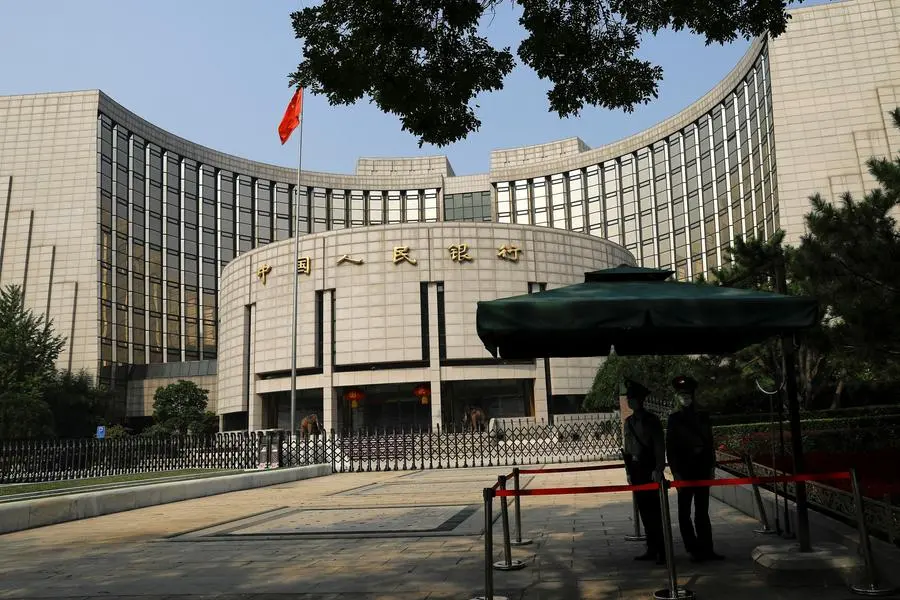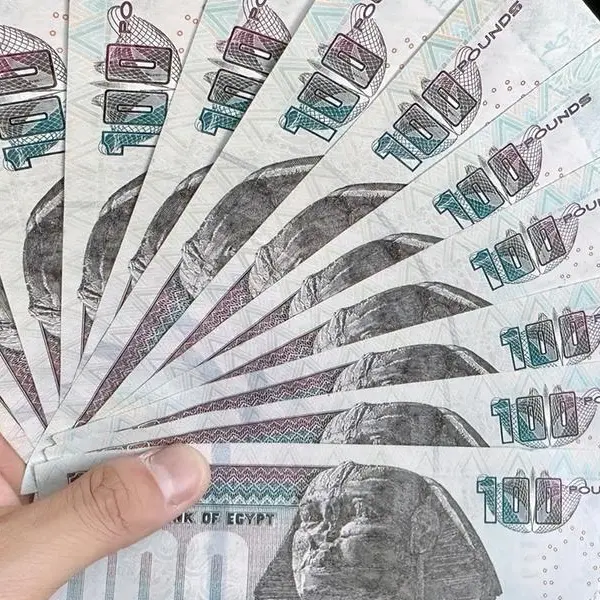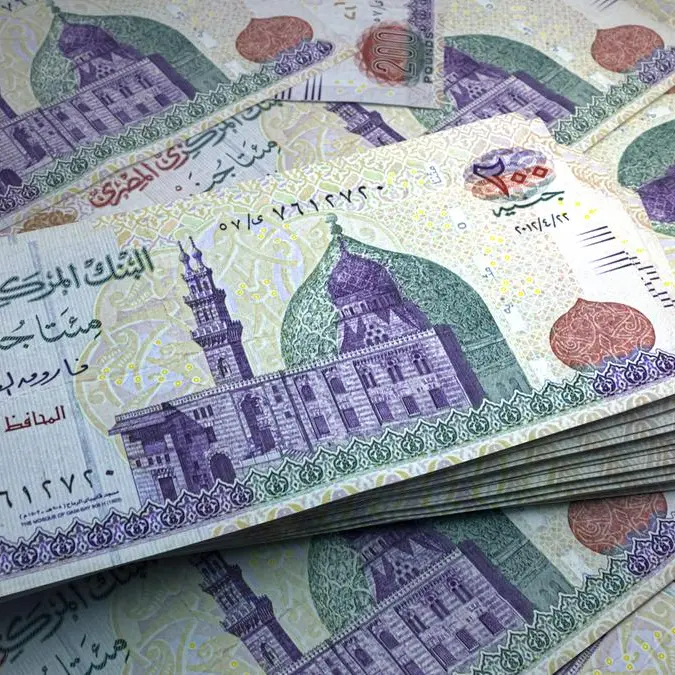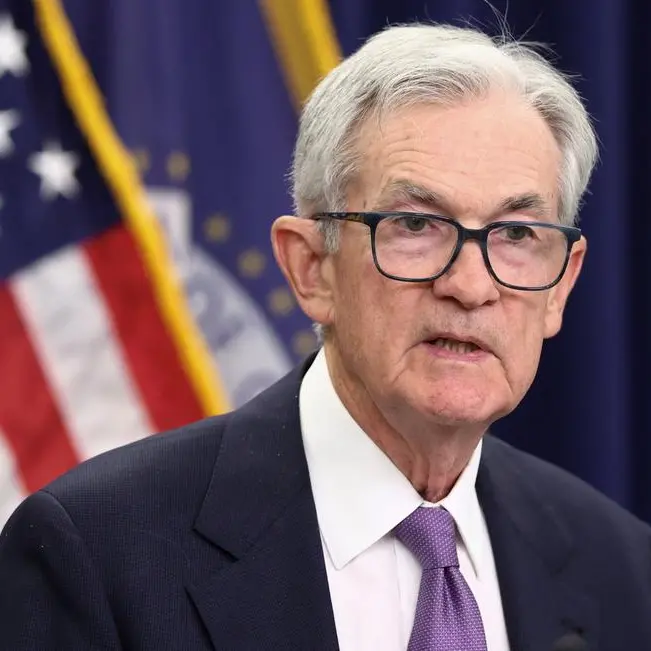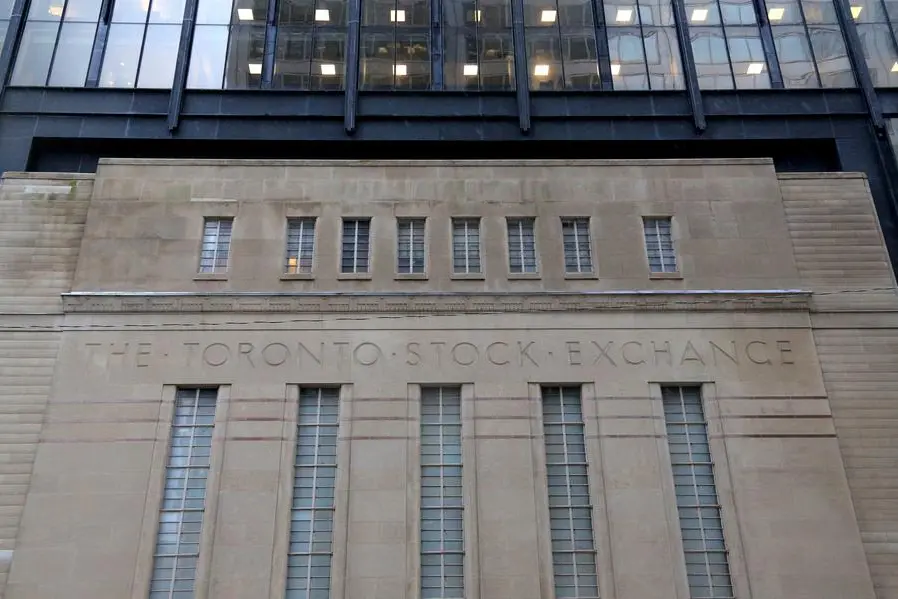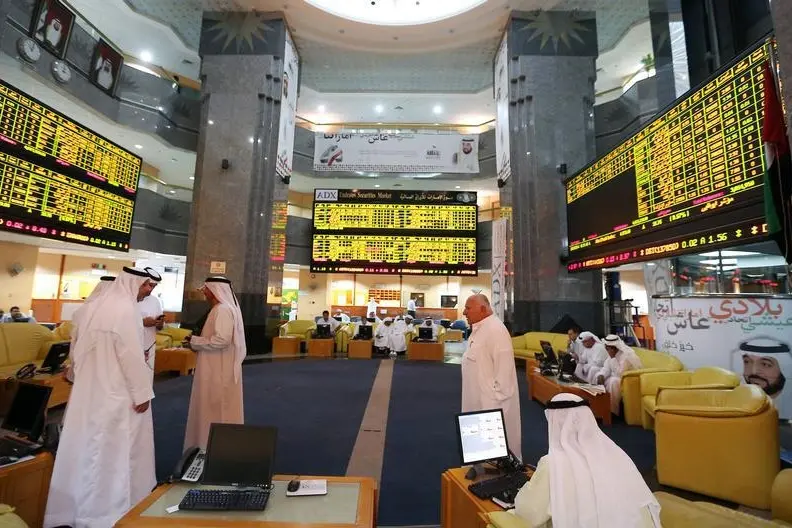PHOTO
EMEA, Emerging Markets, Asia - China has launched the first superpower green bond, beating the US to the punch by pricing a hugely oversubscribed Rmb6bn (US$825m) dual-tranche offshore deal under the framework it published in late February.
The landmark transaction followed fixed-income investor meetings and a conference in London on Tuesday.
Investors submitted over Rmb47bn of orders for the three and five-year bonds on offer, driving pricing down as much as 42bp each from initial guidance of 2.30% and 2.35%, respectively. The two Rmb3bn tranches were issued at 1.88% and 1.93%.
International investors’ participation in the inaugural was unclear, though it was denominated in the offshore version of the Chinese currency and will be listed both in Hong Kong and London – the latter starting what the UK Treasury announced in January as “a programme of Chinese green sovereign issuance in the UK”.
(IFR’s owner, LSEG, also owns the London Stock Exchange.)
Moreover, the sovereign – acting through its ministry of finance – had mandated four international banks to make up half of its lead managers, though no US institutions featured in the group.
Barclays, Credit Agricole, HSBC and Standard Chartered served as bookrunners alongside Bank of China, Bank of Communications, China International Capital Corp and ICBC.
Under the new framework, the new issues may finance projects in six categories with a notable bias towards nature, particularly air and water pollution. Eligible areas comprise green categories: clean transport; sustainable water and waste water management; environmentally sustainable management and restoration of living natural resources and land use; marine ecosystem protection and restoration; pollution prevention and control; and resource utilisation and recycling.
Second-party opinion provider DNV concluded that the framework is in line with the International Capital Market Association's Green Bond Principles of 2021.
Despite China’s leadership in clean technologies and progress on decarbonisation, as well as its creation of a green taxonomy and very active domestic green bond market, some ESG-orientated investors had voiced scepticism over the deal. They highlight the sovereign’s continuing commitment to coal-fired power generation (where it approved more than 60GW of new capacity last year), as well as its broader ESG credentials in areas such as human rights.
Even so, some market sources welcomed the deal. “China’s maiden sovereign green bond issuance underscores the government’s continued focus on decarbonisation and green investment,” said John Wang, senior analyst at Moody’s.
Wang expects the deal to “reinforce China’s leadership in green finance and complement its other sustainable finance initiatives”, which include a recently expanded emissions trading scheme.
It should also encourage other Chinese issuers to seek international funding of their low-carbon transition, he added.
Dollar potential
Although the US Treasury’s Borrowing Advisory Committee recommended in May that it explore issuing green bonds, the Biden administration did not begin issuance last year. The new Trump administration has not indicated any interest in adding the instrument to its financing menu despite the BAC identifying it as a potential source of incremental demand.
The administration withdrew from the Paris climate agreement immediately after taking office in January.
As a result, China may yet also beat the US in issuing US dollar green bonds, since it is an active international issuer in the currency.
Most recently, it raised US$2bn from a three and five-year offering in November. The deal priced at record-low spreads over Treasuries, and a €2bn euro dual-trancher in September marked the sovereign’s return to foreign currency borrowing after an absence of three years.
Source: IFR
